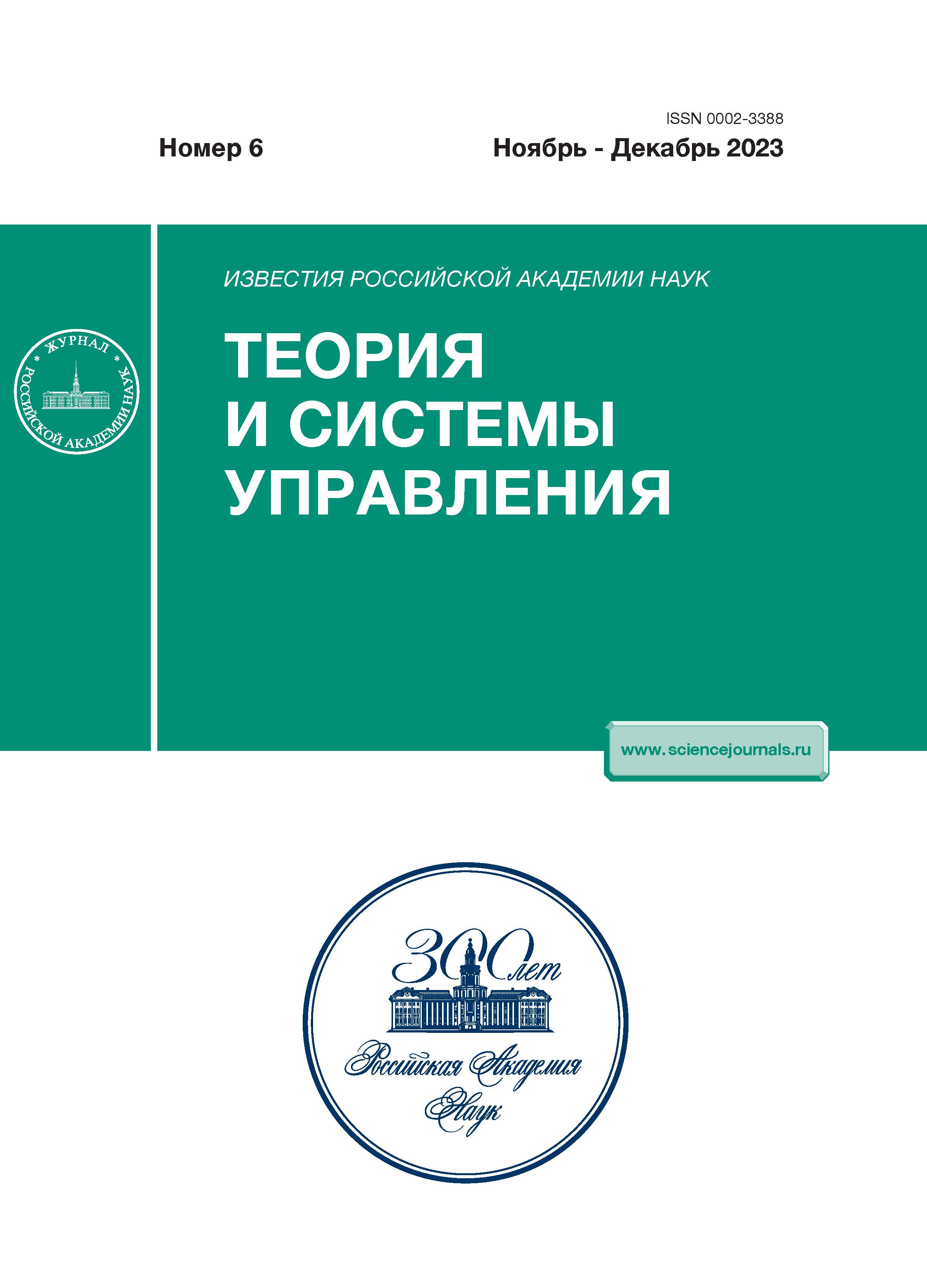Guiding an Unmanned Aerial Vehicle with a Thermal Imaging Correlation-Contrast Algorithm of Automatic Tracking in Conditions of Information Counteraction
- Autores: Boldinov V.A.1, Bukhalev V.A.2, Skrynnikov A.A.1,3, Shapiro B.L.3
-
Afiliações:
- Moscow Aviation Institute (National Research University), 125080, Moscow, Russia
- Moscow Scientific Research Television Institute, 123298, Moscow, Russia
- State Scientific Research Institute of Aviation Systems, 125319, Moscow, Russia
- Edição: Nº 6 (2023)
- Páginas: 60-66
- Seção: MANAGEMENT IN STOCHASTIC SYSTEMS AND UNDER CONDITIONS OF UNCERTAINTY
- URL: https://cardiosomatics.ru/0002-3388/article/view/676450
- DOI: https://doi.org/10.31857/S0002338823060045
- EDN: https://elibrary.ru/GPTPAT
- ID: 676450
Citar
Texto integral
Resumo
The problem of constructing an algorithm for automatic tracking of a ground object for a guidance system (GS) for an unmanned aerial vehicle (UAV) is considered. The guidance system includes a thermal imaging target coordinator with a combined correlation-contrast direction finding algorithm and a strapdown inertial navigation system. Guidance takes place under conditions of information counteraction, which causes random interruptions in information and random changes in the power of interference, which are recorded by the corresponding indicators. A combined noise-resistant automatic tracking algorithm is obtained, using the readings of information interruption indicators, interference power, and measuring bearing angles, based on the theory of systems with a random jump structure. An example is given that illustrates the operation of the algorithm and demonstrates the satisfactory accuracy of automatic tracking.
Sobre autores
V. Boldinov
Moscow Aviation Institute (National Research University), 125080, Moscow, Russia
Email: viktorboldinov@mail.ru
Россия, Москва
V. Bukhalev
Moscow Scientific Research Television Institute, 123298, Moscow, Russia
Email: viktorboldinov@mail.ru
Россия, Москва
A. Skrynnikov
Moscow Aviation Institute (National Research University), 125080, Moscow, Russia; State Scientific Research Institute of Aviation Systems, 125319, Moscow, Russia
Email: viktorboldinov@mail.ru
Россия, Москва; Россия, Москва
B. Shapiro
State Scientific Research Institute of Aviation Systems, 125319, Moscow, Russia
Autor responsável pela correspondência
Email: viktorboldinov@mail.ru
Россия, Москва
Bibliografia
- Ллойд Дж. Системы тепловидения. М.: Мир, 1978.
- Бухалëв В.А., Болдинов В.А., Сухачев А.Б., Шапиро Б.Л. Управление беспилотным летательным аппаратом с тепловизионным корреляционным координатором в условиях низкочастотных помех // Информационно-измерительные и управляющие системы. 2019. № 7. Т. 17. С. 13–20.
- Баханов Л.Е., Давыдов А.Н., Корниенко В.Н. и др. Системы управления вооружением истребителей. Основы интеллекта многофункционального самолета. Под ред. Федосова Е.А. М.: Машиностроение, 2005. 400 с.
- Бухалёв В.А., Скрынников А.А., Болдинов В.А. Алгоритмическая помехозащита беспилотных летательных аппаратов. М.: ФИЗМАТЛИТ, 2018. 192 с.
- Бухалёв В.А. Распознавание, оценивание и управление в системах со случайной скачкообразной структурой. М.: Наука. ФИЗМАТЛИТ, 1996. 287 с.
Arquivos suplementares















